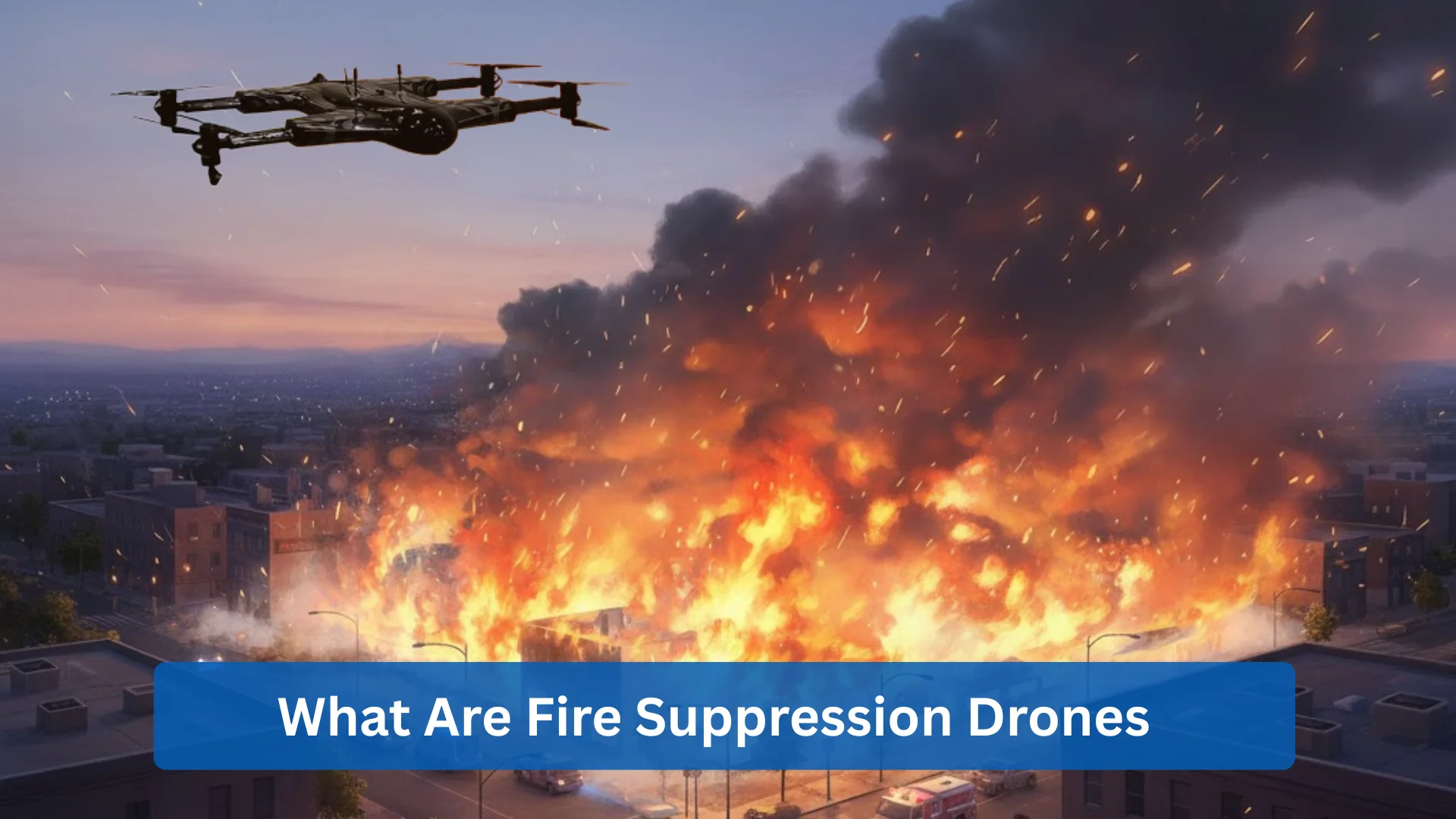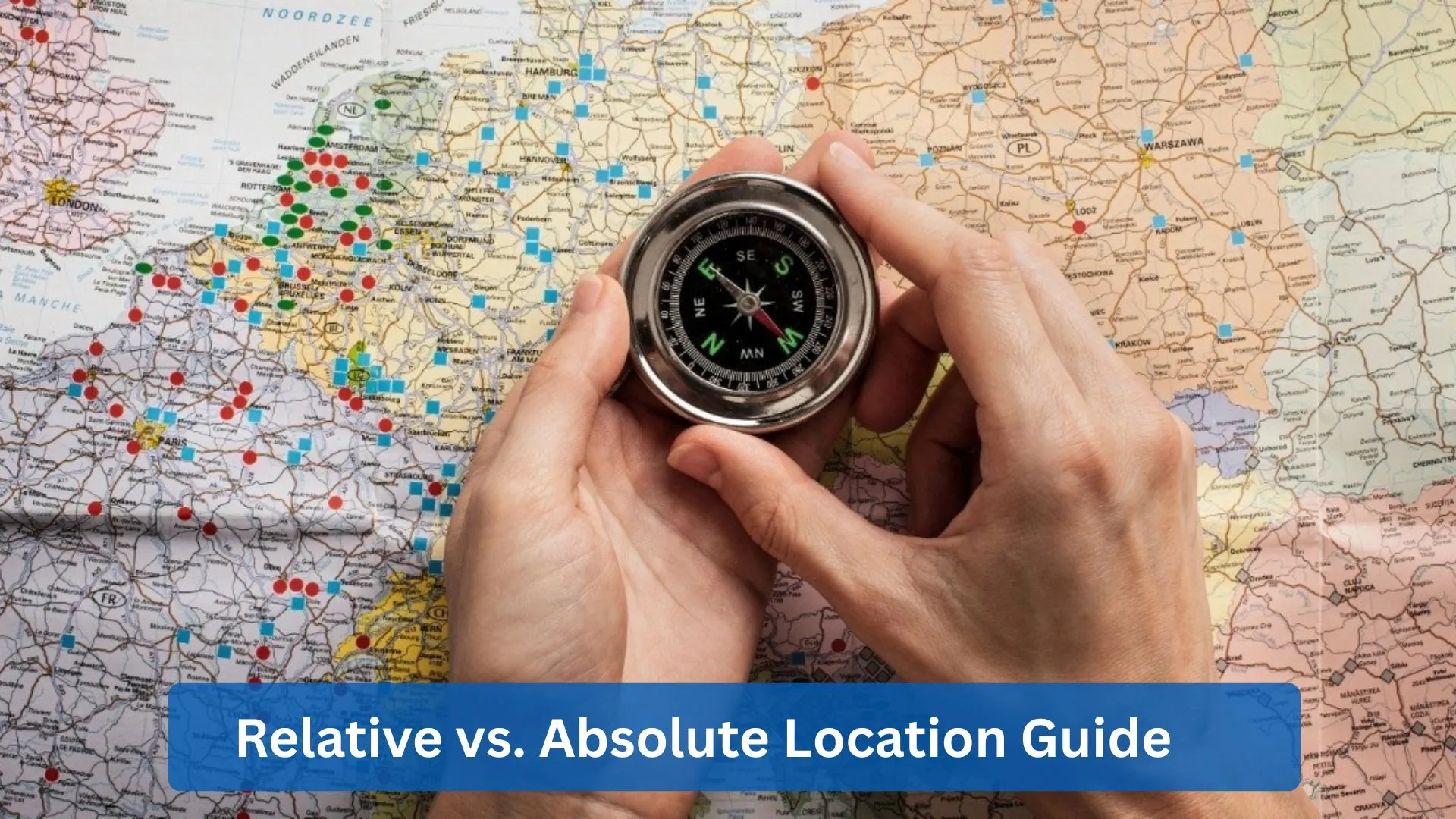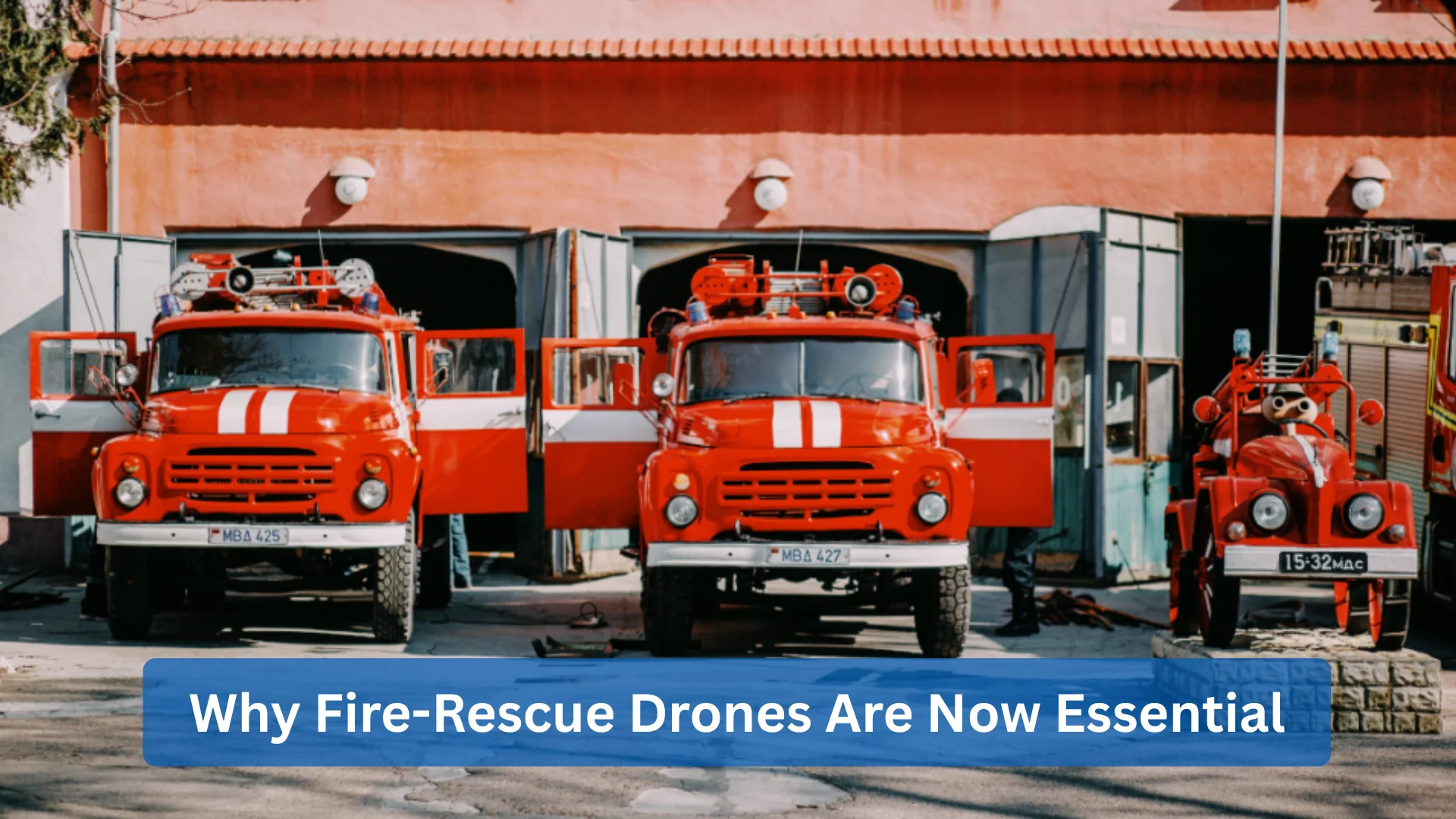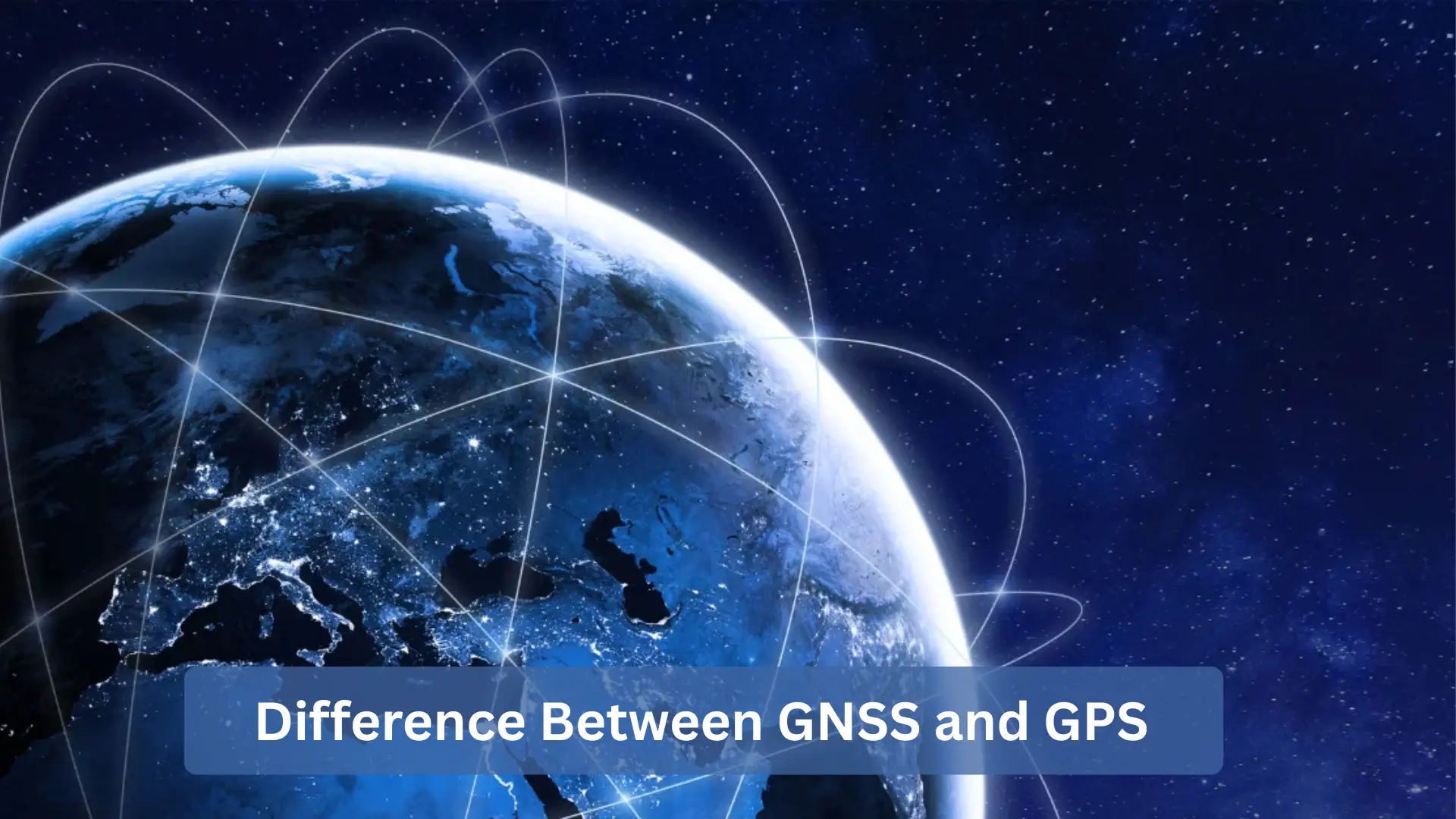What is Drone Roof Inspections

Drone roof inspection is the process of using a small unmanned aerial vehicle to examine a roof from the air. Instead of climbing ladders or walking on the roof, a pilot flies the drone over the property to take high-resolution photos and videos. Sometimes with infrared imaging to spot problems like missing shingles, cracks, ponding water, blocked gutters, or storm damage.
Because the drone can quickly cover the entire roof and reach steep or hard-to-access areas, drone roof inspections are typically faster, safer, and more consistent than manual checks. The gather images are then reviewed and often used to create inspection reports for homeowners, roofing contractors, real estate evaluations, and insurance claims.
Drone vs Traditional Roof Inspections
Traditional roof inspections require climbing ladders, walking on hazardous surfaces, and spending lot of time collecting data and photos. Making the process slow and labor-intensive. In contrast, drone roof inspections are safer, faster, and more efficient, capturing high-resolution aerial images and digital models that deliver detailed insights often beyond what manual inspections can provide.
Roof Inspection Drone Types and Uses
Roof inspection drones come in different types to different requirements. Quadcopters are ideal for small homes because they’re stable and easy for beginners to control. AI powered drones are better for large commercial roofs, offering automated flights, advanced navigation, and obstacle avoidance.
Advanced models also include thermal, multispectral, and 3D sensors to detect hidden damage more accurately. Autonomous flight and longer battery life, they reduce manual effort and cover more area in less time.
Benefits of Drone Roof Inspections
- Safer inspections: Inspectors stay on the ground, eliminating ladder climbs and risky rooftop walks. Reducing falls and injuries while still capturing detailed visuals for reliable assessments.
- Faster results: Drones survey roofs quickly, often allowing inspection analysis and reports to be completed the same day.
- High-resolution visuals: 4K video, zoom, and sharp aerial photos reveal small issues like cracked shingles, punctures, or flashing damage that can be easy to miss.
- Better access: Drones reach steep or difficult areas around chimneys, solar panels, and tight roof sections without putting anyone in danger.
Budget friendly vs premium roofing drones
If you’re just starting with drones, a budget-friendly model with a High Quality camera and basic GPS controls can be all you need to check your roof.
On the other hand, high-end drones have better vision (including thermal), longer flight times, and AI-powered features that make it easier to scan big or intricate things. Camera, flight time, and sensors are all compared. The best prospects are usually:
- A drone equipped with a 4K or higher camera and thermal imaging capabilities, suitable for professionals.
- A mid-range choice that offers a nice blend of performance, ease of use, and a cheap drone for roof inspection.
- A little drone that folds up and is perfect for brief home inspections or working alone
- A robust drone suitable for business or industrial use, offering extensive protection against adverse weather conditions.
- A drone that can fly on its own and has strong sensors that enable it to avoid obstacles and follow pre-planned flight paths.
- These drones can be used for a variety of purposes, ranging from individual roof inspections to those conducted by large roofing companies.
Some considerations to keep in mind when choosing the best drone for roofing are:
- The camera should have a video quality of 4K or higher and a resolution of at least 20 megapixels (MP).
- At least 30 minutes should be enough time for each battery.
- It should feature GPS for accurate mapping, optical zoom, thermal imaging, and the ability to avoid obstacles.
Thermal Imaging and Infrared Roof Inspections

What is an infrared roof inspection?
A thermal roof inspection uses infrared tools to identify areas on the roof where the temperature differs. These differences can point to hidden issues like water damage, insulation problems, or structural weaknesses that aren’t visible.
Moreover, this advanced method is highly commendable as it is entirely non-invasive. It can cover large spaces with ease and accuracy. Also, using thermal imaging in roof inspection can make faster detection of moisture intrusion long before stains or leaks appear. Roofers can now obtain visual documentation and accurate mapping. That way, property owners can use these insights for better maintenance plans and sound decisions on how they can handle repairs to extend the life of their roofing system
Detecting Water Leaks Heat Loss and Damage to Roof
Using a thermal drone camera to inspect a roof makes it easy to identify areas where water seeps in or accumulates, spots where heat escapes due to inadequate insulation, HVAC units that overheat or experience electrical issues, and structural problems that are concealed beneath the surface material.
Thermal imaging is very helpful for flat company roofs because it can find water that collects or gaps in insulation that might not be noticeable until they cause a lot of harm.
Recommended Drones with Thermal Cameras
The latest thermal imaging drones in 2025 come with built-in or modular infrared sensors. When choosing a drone for thermal roof studies, make sure it has these features:
- Thermal imaging sensors can be built into or added to dual-camera systems to show thermal and RGB images side by side.
- Highest thermal Camera resolution, such as 640×512 or higher, is able to stream and record thermal video in real time, and work with software to analyze the thermal data after it has been collected.
These features ensure that your roof inspection drone delivers you information that you can trust and use. Thermal imaging is a commendable investment for professionals who undertake energy audits, flood damage assessments, or insurance claims.
Applications of Roofing Drones in Various Industries
Many businesses are quickly adopting roof inspection drones because they are safe, efficient, and capable of collecting high-quality airborne data. Drones are changing the way roof inspections are done, from single-family homes to significant commercial buildings.
Residential Roofing
Drones for roofing are a quick and non-intrusive solution for homeowners and residential contractors to check the state of a roof. Drone inspections are useful for routine maintenance, selling a home, or looking for damage after a storm. It cuts down on the need for ladders or scaffolding. A complete inspection can typically be done in less than 30 minutes, and no one has to walk on surfaces that might be broken or unstable.
Commercial Flat Roof Surveys
Commercial roofs that are flat or have a low slope, like those on warehouses, shopping centers, schools, or industrial buildings, might cover tens of thousands of square feet. It requires a lot of work and is dangerous to do traditional inspections. With roofing drones, companies can get reliable data for inspections that happen more than once or for planning long-term maintenance
Post-Storm Damage Assessments
Drones that inspect roofs are very important for emergency response and insurance evaluations after bad weather events like hailstorms, hurricanes, or high winds. These drones can rapidly assess multiple properties, even in hard areas.
Insurance & Real Estate Roof Documentation Requirements
Clear roof paperwork is very important in real estate and insurance. Drone inspections give unbiased proof for claims made before and after an occurrence. Some insurance companies now require them for high-value properties, and real estate agents utilize aerial photos to make listings look better and get more buyers.
Drone Roof Inspection Certification & Legal Compliance Requirements
Do I Need a License to Fly a Roofing Drone? Yes, you must have a remote Pilot Certificate from the FAA to fly a drone for business purposes in most nations, including the US.
- FAA and Local Airspace Regulations
Always verify the rules in your area about using drone-assisted roof inspection, especially if you live near an airport or in a city with limited airspace.
- Certification Courses for Roof Drone Inspections
It is highly suggested that you take a certification course if you want to operate a roof inspection drone professionally and lawfully.
Process of Roof Inspection / Roof Survey
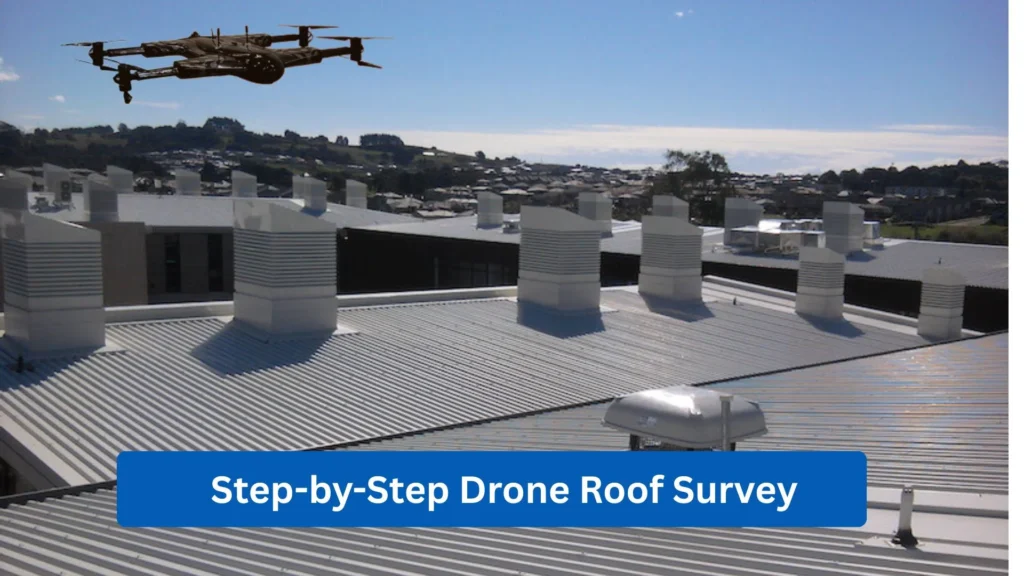
- Pre-flight planning: Map the site, define the roof boundaries, set flight paths, and identify no-fly zones or obstacles.
- Data capture: Fly the drone to collect high-quality photos and video, using live view to check coverage and adjust in real time.
- Analysis & reporting: Process images into deliverables like annotated reports or 3D models, then share results with clients through inspection software platforms.
How to Start a Drone Roof Inspection Business
Equipment Investment & Software Needs
To start a drone inspection business, you need to buy a drone that works well, software for arranging flights, insurance, and a thermal camera.
Drone Inspection Services In USA
Our drone roof inspection services provide a safer, faster, and more detailed way to assess roof conditions. Without climbing ladders, walking on steep surfaces, or risking accidental damage. If you’re searching for a roof inspection drone service or “drone roof inspections near me,” we deliver high-resolution aerial photos/video, optional thermal scanning (to help detect moisture intrusion or heat-loss areas), and clear inspection reports that support maintenance planning, contractor estimates, or insurance documentation. With certified pilots and advanced equipment, we offer both residential and commercial inspections tailored to your property.
- Connecticut: Residential Drone Roof Inspection ($180–$250)
Includes HD aerial photos, a roof damage condition report, and thermal imaging (when needed) to help identify possible moisture or insulation-related issues. Ideal for homeowners who want quick documentation after storms or before selling/buying a property. - Delaware County: Residential and Commercial Drone Inspection ($200–$270)
Includes aerial photos, video footage, and a professional inspection summary PDF. This option works well for both single-family roofs and small commercial buildings where turnaround and clear documentation matter fast. - Bronx, New York: Residential / Multi-Unit Drone Roof Inspection ($220–$300)
Includes 4K imagery, thermal scanning, and inspection certification for organized documentation useful for multi-unit buildings, property managers, and owners who need detailed visuals for records, maintenance, or claim support. - Oregon: Residential / Farmhouse Roof Inspections ($170–$240)
Includes a complete aerial roof survey, high-resolution photos, and a report delivered within 24 hours. Great for rural properties where roofs may be harder to access and where quick, accurate visuals help plan repairs. - Pennsylvania: Large and Small Property Roof Inspections ($190–$260)
Includes 360° roof mapping, moisture detection (where thermal scanning is used), and a full photo set for documentation. Recommended for owners who want broader coverage and a more “complete roof view” for decision-making. - Houston, Texas: Commercial / Industrial Drone Roof Inspection ($230–$320)
Includes a video + photo package, thermal imaging, and storm damage assessment where applicable. Best for warehouses, industrial rooftops, and larger commercial structures requiring scalable inspection coverage and strong evidence for maintenance or claims. - Dallas, Texas: Residential and Commercial Drone Roof Inspection ($210–$290)
Includes structural overview analysis, aerial images, and a detailed inspection PDF that highlights visible concerns (e.g., damaged shingles, flashing issues, debris buildup) with supporting visuals. Ideal for owners and contractors needing a shareable report. - Virginia: All Property Types Drone Roof Inspection ($185–$260)
Includes a thermal scan, detailed damage mapping, and same-day delivery in many cases. A solid option when timelines are tight especially after storms or when scheduling contractors quickly. - Washington, DC: Residential / Historic Building Roof Inspection ($200–$280)
Includes aerial photos, thermal data, and a preservation-focused report designed to document roof conditions carefully helpful for historic properties where access is limited and minimal disturbance is important.
Roof Drones Truly Got You Covered!
Drones are revolutionizing how roof surveys are done by letting people look at roofs from above. Drone roof inspections are the way of the future for modern roofing since they minimize risks and make data more precise. If you own a home or are launching a new business, it will be smart to buy drones to examine roofs in 2025.
There are a lot of good drones that can check roofs. Aerial imagery is becoming normal in the business; thus, to stay ahead, you need to use this technology. You can get safe, quick, and accurate results if you have the right tools and training. Are you ready to protect what protects you? Contact our team now and explore how roof drones revolutionize your life.
Frequently Asked Questions
How accurate is a drone roof inspection?
Drone roof inspections are highly accurate, using high-resolution and thermal cameras to capture detailed roof data. With proper flight planning, they can reveal small issues like cracks, leaks, and weak spots with near sub-centimeter detail.
What’s the best drone for beginners doing roof inspections?
The best beginner drone for roof inspections is easy to fly, has a quality camera, and includes safety features like obstacle avoidance. Look for lightweight models with GPS stability, auto flight modes (takeoff/landing, return-to-home), and easy export to inspection/reporting software.
Drone Roof Inspections in Windy or Rainy Weather
Most drones can handle mild to moderate wind, but rainy conditions are usually unsafe because water can damage the drone and reduce camera visibility. In poor weather, it’s best to delay the inspection or use a weather-rated drone designed for stronger winds and light precipitation.
how drone roof inspections work Tampa
Drone roof inspections in Tampa use high-resolution photos/video (and sometimes infrared images) to check for storm damage, leaks, missing shingles, and flashing concerns. The operator arranges the fly, photographs the roof from numerous perspectives, and typically sends a digital report the same day with images and results for a roofer or insurance company.
can i use a drone to inspect my roof
Yes, You can use a drone to inspect your roof, and it’s a great way to check condition without climbing.
Contact Us
Thank you for your message. It has been sent.
Latest Posts
Relative vs Absolute Location Guide
Difference Between GNSS and GPS
Social Profiles






